In the United Kingdom alone, across a variety of sectors, over 9.5 million cubic tonnes of food waste was generated in 2018 alone. 70% of that was produced for the general public to buy and consume, with the remaining 30% being considered ‘inedible’. Those figures equate to around £19 billion, together with 25 tonnes of greenhouse gas emissions.
In a bid to be more sustainable and environmentally aware, it’s important that we do everything we can to reduce the waste we produce, particularly within the home. 85% of the total food wasted in 2018 came from within the household or from food manufacturing facilities. As such, we should do everything we can to reuse and recycle our leftover or spoiled food.
In this article, we’ll be detailing exactly how you can make use of your leftovers in order to reduce the amount of food we waste year on year.
How to make use of leftover fruit and vegetables
Old fruit and vegetables are often the first to be thrown away, without a thought for their innovative uses. Instead of throwing away wilting veggies or soft fruit, make warming broths or fragrant vinegars to preserve other food types. No matter what you decide to do with your waste food, you mustn’t throw it away. Here are a few things you could do with your leftover fruit and veg to help get your creative juices flowing.
A selection of vegetable scraps
Make a heart broth as a soup or stew base using wilted or leftover vegetables. Whether you have carrot ends or tough onion skins you can’t eat, throw them in the pot for extra flavour. The vegetables you can throw in the broth that you’ll likely find around your kitchen include:
- Carrots
- Onions
- Mushrooms
- Leeks
- Celery
- Tomato cores
- Sweetcorn cobs
- Bell pepper tops
Leek tops
The green parts of a leek make up around of a third of the overall vegetable, which means we’re throwing away a considerable part of the vegetable before we even begin cooking. Instead of throwing the hard, green parts away, cut them into bite size chunks and cook them through to soften them up.
After you’ve done that, you’ll be able to add your leek tops to everything from stir frys and soups to quiches and frittatas. Leeks also make a great, tasty alternative to onions, so if you find them to be too strong, consider leek tops instead for a punch of flavour to your favourite recipe.
Kale stems
Depending on how you buy your kale (there may not be a stem on it at all if you buy it from a supermarket, but there would be if you purchased it from a farm shop), there could be quite a hefty stem on it. Like with the leek tops, these are most likely going to be thrown away without a second a thought.
Instead, finely chop the stem and cook them, you could fry, roast or boil them depending on preferences. Once you’ve done this, you’ll be able to add them to soups and sauces for a peppery kick.
Potato skins
There are some dishes that don’t require the use of a potato skin and so it will need to be peeled away. But instead of throwing them away, give them another use. You could fry your potato skins in oil, salt, pepper for a tasty side dish or bake a whole potato in the oven, peel off the skin afterwards (preferably as a whole and not into strips) and stuff them cheese, chives and sour cream for a delicious treat.
If you’d prefer to keep the potato skins for a later date, then they can be covered over and refrigerated for up to three days, giving you plenty of opportunity to enjoy stuffed or fried potato skins another day.
Carrots, parsnips and courgettes
You’ll be able to shred or grate these veggies regardless of whether they’re cooked or not. After that, they’ll be fine enough to put into soups, sauces, breads, muffins or even savoury pancakes. You could even add them to mashed potato, homemade hash browns or fritters for an innovative twist.
Various fruit scraps
Whether you’d like to preserve fresh fruit and veg or are just looking to add a splash of flavour to stews, casseroles, broths or dressings, fruit scraps can be used to make delicious vinegars.
Fill a jar with the fruit scraps you have, add a spoonful of sugar and then cover it over with water. Put the lid on and only take off once a day to give it a quick stir, after that, the mixture can be strained.
The longer the fruit sits in the water, the more naturally-occurring bacteria will be produced, therefore transforming the still water into a vinegary, slightly alcoholic solution. Once it reaches this point, strain the vinegar again and begin using in whichever way you see fit.
Citrus peels
You could candy the citrus peels and turn them into marmalade or jam. You could even add them to black tea or coffee with some cinnamon, nutmeg and ginger for a slightly varied taste. Alternatively, you don’t have to consume them at all – soak them in vinegar and then use them as a homemade, household cleaner.
How to make use of meat bones
If you eat meat, save the bones and cook them slowly, on a low heat, in water for around 24 hours. This will create an excellent base for a broth, so add some vinegar to help draw out the minerals that sit inside the bone marrow.
Alternatively, you can cook the bones until extremely soft and then puree them with some water. Afterwards, you can spoon it out to give to your dog, if you have one. This will have great health benefits for your dog, as well as acting as a tasty treat.
How to make use of cheese rinds
When making homemade soups and sauces, add cheese rinds to the concoction for a smoky, strong flavour. Save them by storing in a fridge or freezer until you’re ready to use them. The benefit of cheese rinds is that they’re not likely to go bad at all, but if you want to keep them as fresh as possible, then store them safely.
How to make use of leftover or stale bread
Stale bread can be used to make all sorts of dishes, from French toast to bread and butter pudding, you’ll have a field day when it comes to the leftover bread you have. Loaf ends are also perfect for more robust dishes, such as eggy bread or you could even use them as croutons in a homemade soup.
Here’s how Willshee’s can help you
Willshee’s is a leading, independent waste management company, specialising in the removal and sustainable disposal of commercial, industrial and domestic waste products through our dedicated, specialist recycling service. We’re able to recycle a wide range of materials, including textiles to plasterboard, so you can rest assured that our specialist team will be able to responsibly dispose of your waste, no matter what it is.
With over 30 years of experience in the industry, you’ll always be able to count on the experts here at Willshee’s for unrivalled customer service and the environmentally-friendly disposal of numerous waste types, including:
- Cardboard
- Paper
- Wood
- Metal
- Concrete
- Hardcore
- Soil
- Plastic
- Plasterboard
- Green waste
- Textiles
- Residual waste
For more information about how we can help you, get in touch with a member of our specialist, expert team today – we’re proud to operate throughout Burton, Derby, Swadlincote, Tamworth, Leicester, Nottingham, Birmingham and throughout the midlands.






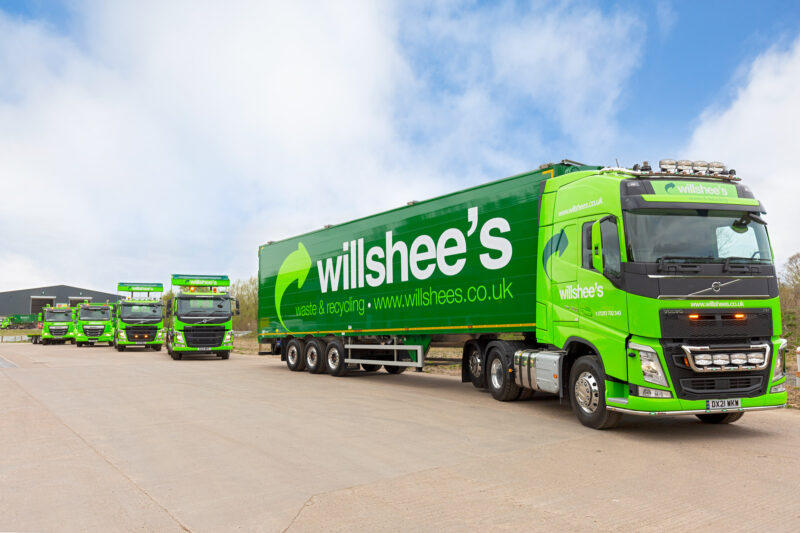
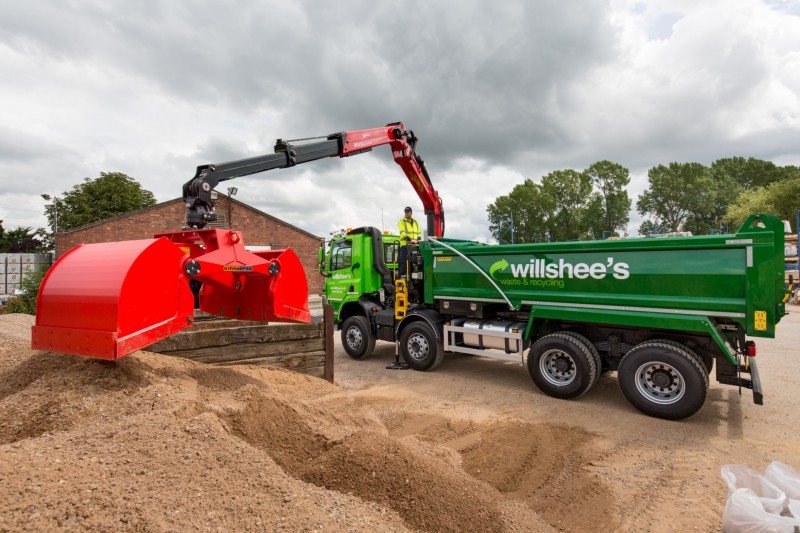


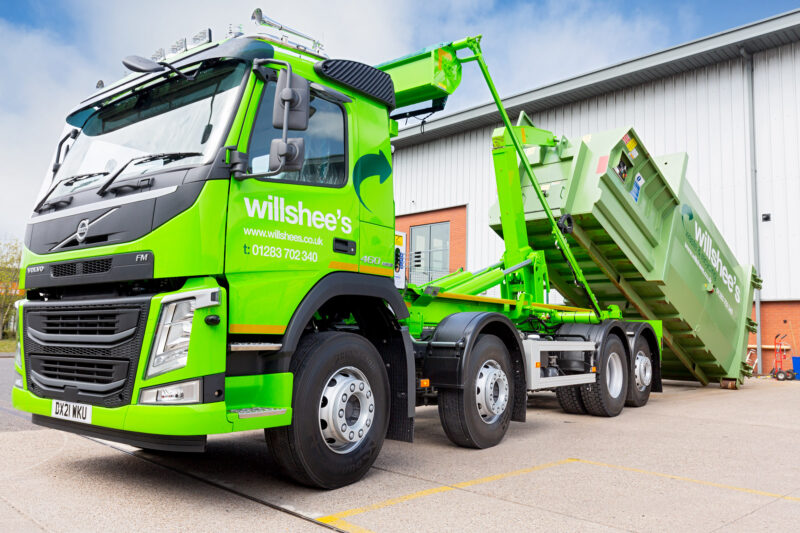
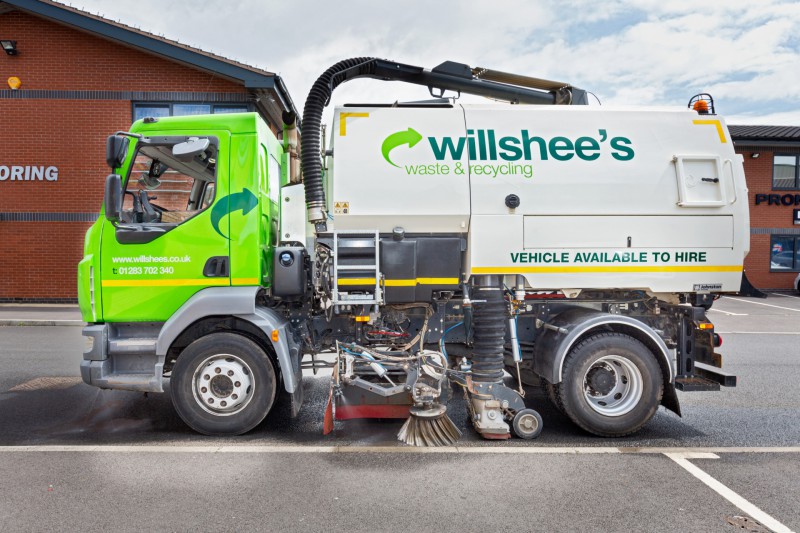
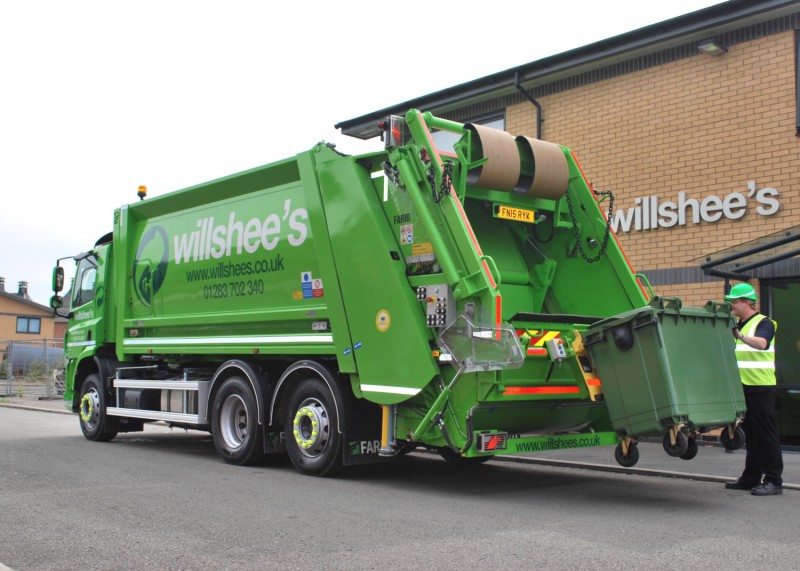
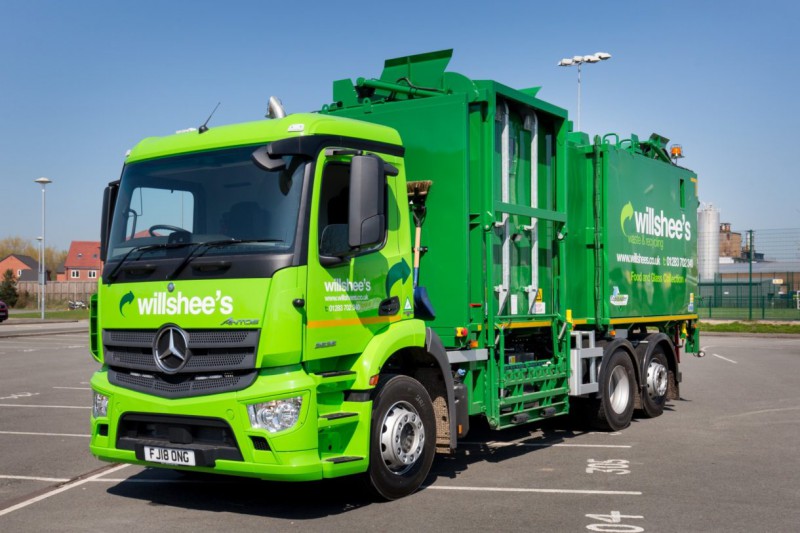
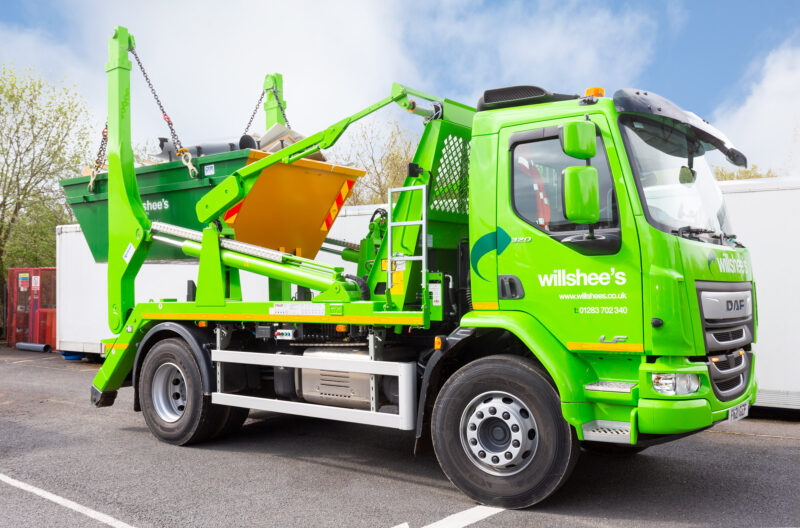
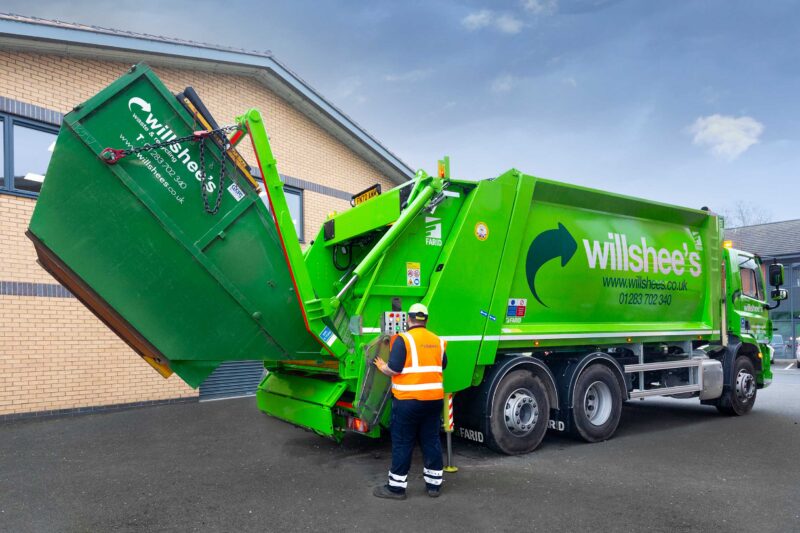



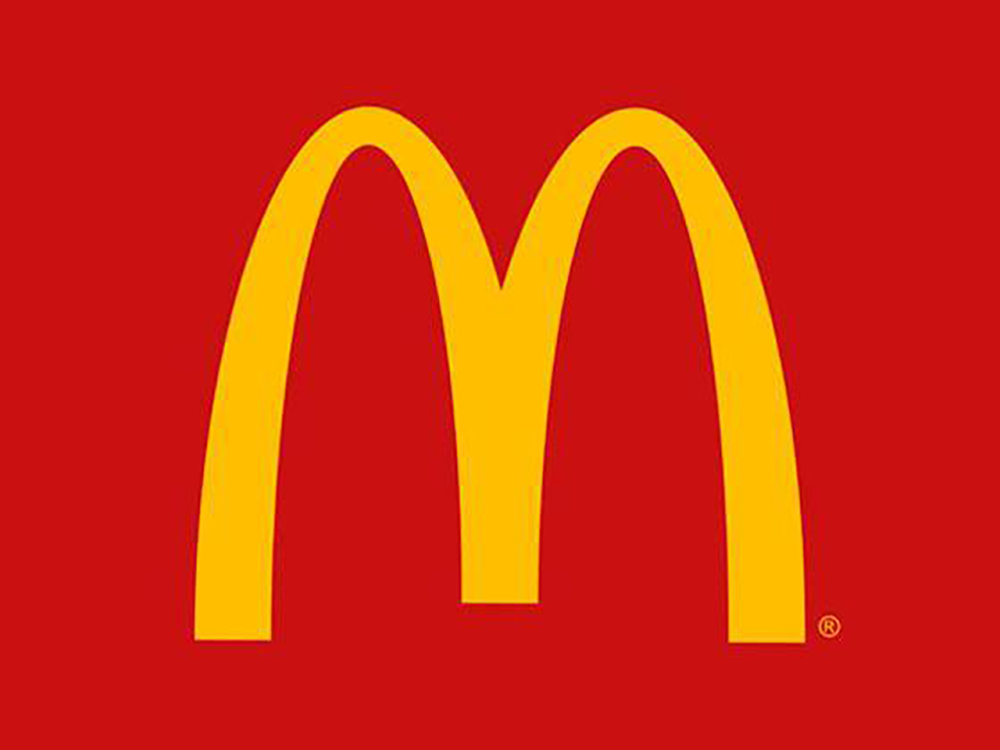


Social